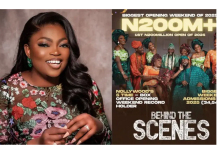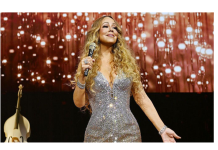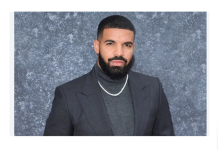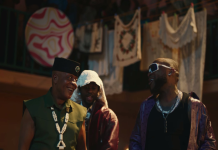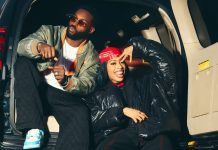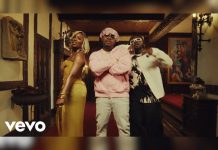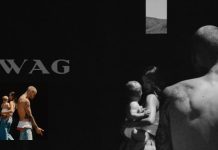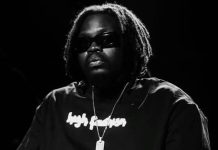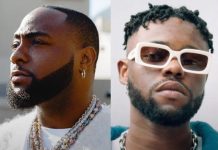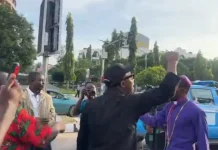The 2025 Ojude Oba was nothing short of a style spectacle, fusing ancestral elegance with modern flair. From cascading agbadas to statement gele turbans, here are the standout looks and the stories behind them.
1. Bold Aso-Oke Symphonies
Age-grade groups (Regberegbe) turned heads in head‑to‑toe coordinated Aso‑Oke ensembles—deep burgundy, emerald green, and sky blue. The intricate weaving and striking stripes spoke to Yoruba pride and craftsmanship.
2. Gele Game on Another Level
Oversized, gravity-defying gele turban styles—reminiscent of haute couture headpieces—became individual canvases. Richly textured fabrics and expertly tied folds elevated the art of the gele itself.
3. Velvet and Agbada Regalty
Men flaunted opulent velvet agbadas layered with embroidered motifs and matching fila caps. These queen‑inspired silhouettes honored tradition while turning heads with their sheen and stateliness.
4. Adire Revival
Groups reimagined heritage adire prints on modern garments—flowing skirts, turbans, and blouses. The indigo shamrock patterns were proof that cultural textiles still define style narratives today.
5. Custom Horseback Entrances
Brandishing embroidered robes and coordinating coral beads, riders on horses stole the show. Their outfits mirrored the decorated steeds—royalty in motion, ready for a pagentry-worthy entrance.
6. Fashion Meets Sustainability
A few trailblazing groups introduced reworked vintage fabrics and digitally woven Aso-Oke—showing that luxury and eco-awareness can walk hand in hand.
7. Accessory Elegance
Statement coral beads, ornate leather fans, and tiered earrings were everywhere. Sunglasses—whether high-end or sleek replicas—doubled as functional fashion statements, completing many standout looks.
8. The Farooq Oreagba Effect
Cancer survivor Farooq Oreagba turned heads with bold silhouette choices—bright agbada, coral embellishments, dark shades—and that unforgettable entrance. His stylish stride embodied resilience and self-expression.
9. Celebrities in Full Cultural Armor
Nollywood stars like Femi Branch and Lateef Adedimeji, alongside high-profile dignitaries, marked their visit with full traditional dress—complete with layered lace, coral beads, and perfectly tied gele.
10. Youthful Royal Processions
Children in mini agbada and versioned gele joined the adult parades—a vibrant reminder that Ojude Oba fosters cultural legacy through generations.
Cultural Threads & Festival Essence
History & Heritage: Ojude Oba, originally known as Ita-Oba, was founded in the 19th century by Chief Kuku to honor the Awujale and preserve Yoruba culture following his conversion to Islam.
Community Expression: Regberegbe groups aren’t just dressing coordinated—they’re embodying unity, equality, and pride through shared attire, regardless of wealth.
Homage to Awujale: Each age group and family procession paid homage to Oba Adetona in disciplined, colourful pageantry—honour expressed through fashion.
Takeaway
Ojude Oba 2025 was more than a festival—it was a runway of ancestral pride, cultural dialogue, and generational handover. The fashion wasn’t just for show; it was an eloquent language of identity, sustainability, resilience, and community.
Next year’s bar has been set high—but then again, it’s tradition that keeps the standards alive.


